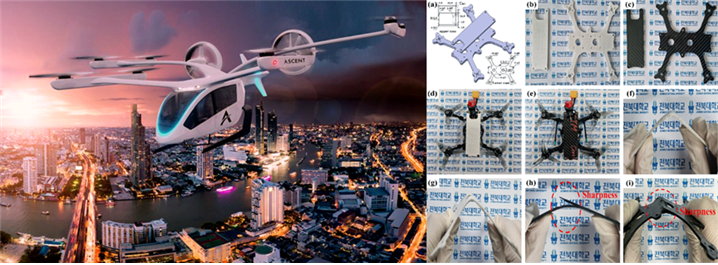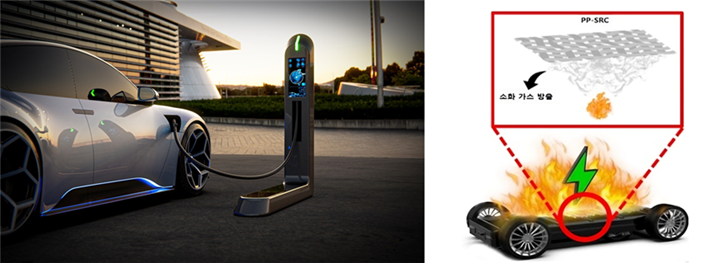Organic Materials & fiber Engineering, Chonbuk National University
Graduate School will introduce.
-
 Carbon Neutrality Composites Lab
Carbon Neutrality Composites Lab- Professor : Kim, Seong Yun Professor
- Phone : 063.270 2336
- E-mail : sykim82@jbnu.ac.kr
- Laboratory : technical Building 2, room 109
Research field
Lightweight materials for future mobility
- Polyproylene self-reinforced composites via chemically 100% single polymer based strategy
- High-pressure resin transfer molding based carbon fiber reinforced composites
Functional materials for electrical car
- Material extinguisher concept introduced self-reinforced composites
- High impact resistance of carbon fiber reinforced composites via incorporating pore preserved silica aerogel
Key materials for self driving
- Polyproylene self-reinforced composites via chemically 100% single polymer based strategy
- High-pressure resin transfer molding based carbon fiber reinforced composites.
Nano-energy generator for harvesting renewable energy
- Material extinguisher concept introduced self-reinforced composites
- High impact resistance of carbon fiber reinforced composites via incorporating pore preserved silica aerogel
Natural resources for eco-friendly upcycling
- Waste spent coffee ground for electromagnetic shielding/thermal insulation/heating element





